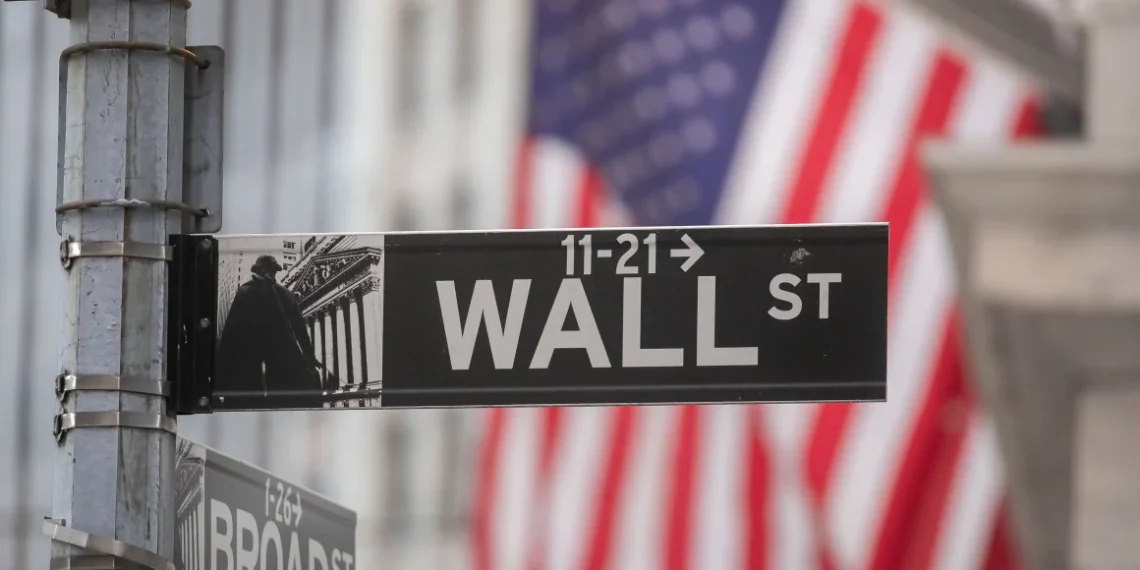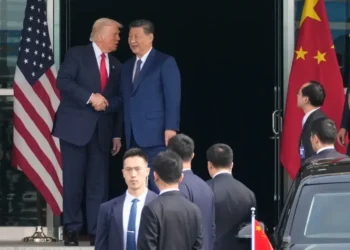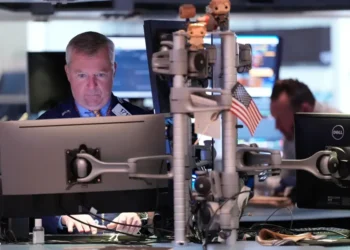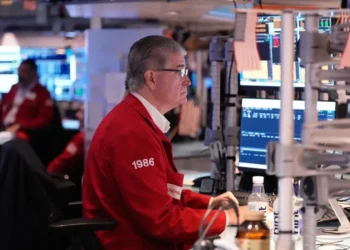The Dow Hits a Milestone It Hasn’t Seen Since the 1970s: A Nine-Day Losing Streak
For the first time since the presidency of Jimmy Carter, the Dow Jones Industrial Average is in the midst of its longest losing streak in over four decades. On Tuesday, the Dow dropped 267 points, or 0.6%, marking its ninth consecutive day of losses.
This is the Dow’s longest losing streak since February 1978, according to FactSet data. However, despite this setback, the market’s recent downturn has been relatively mild. Over the past eight trading days, the Dow has only lost 3%—a small dip in the broader market landscape.
Notably, these losses have primarily affected the Dow, while other major indices have shown resilience. The Nasdaq, driven by the booming tech and AI sectors, remains strong, although it closed Tuesday down by about 0.32%. Similarly, the S&P 500 ended the day down around 0.39%.
Keith Lerner, co-chief investment officer at Truist Advisory Services, describes the market behavior as “quirky.” He explains that money continues to flow into technology stocks, with artificial intelligence and tech innovation taking center stage as the dominant market theme.
A Key Factor in the Dow’s Drop: UnitedHealthcare
A significant contributor to the Dow’s recent losses is UnitedHealthcare, which has seen its stock value plummet by 18% this month alone. This decline was triggered by the tragic shooting of CEO Brian Thompson, and worsened by remarks from President-elect Donald Trump, who vowed to “knock out” drug-industry middlemen. As a result, the insurance giant’s stock continued to slide, including a further drop on Monday.
The Fed’s Upcoming Interest Rate Decision
The Dow’s recent losses come just ahead of the Federal Reserve’s interest rate decision on Wednesday. While most analysts expect the Fed to cut rates by a quarter-point, there’s speculation that they may signal a slower pace of rate cuts in 2025.
Despite the recent downturn, the Dow remains up 16% for the year, continuing to reflect a strong 2024 overall. It’s also about 1,500 points, or 3.5%, higher than it was on Election Day, buoyed by investor optimism following the avoidance of post-election uncertainty and the promise of tax cuts and regulatory relief under President Trump.
Looking Ahead: Caution and Optimism
Keith Lerner notes that after the election, investors focused mostly on the positive aspects of President Trump’s policies, but next year, they will need to consider both the potential upsides and risks, including concerns about escalating tariffs and mass deportations.
Interestingly, the Dow hasn’t experienced a losing streak of 10 days or more since a prolonged 11-day slump in 1974, according to FactSet. However, not all market analysts are concerned about the recent dip.
Anthony Saglimbene, chief market strategist at Ameriprise, believes the current losing streak doesn’t signal a looming crisis. Instead, he attributes it to profit-taking after recent strong gains. He also notes that expectations around the risks and opportunities tied to the incoming Trump administration are shifting, particularly regarding the effectiveness of a potential second term in driving growth.
In conclusion, while the Dow’s nine-day losing streak may raise some eyebrows, analysts suggest that it’s more of a market correction than a precursor to broader economic trouble. Investors are keeping a close eye on what comes next, especially in light of political developments and the Fed’s upcoming decision.
This article was rewritten by JournosNews.com based on verified reporting from trusted sources. The content has been independently reviewed, fact-checked, and edited for accuracy, neutrality, tone, and global readability in accordance with Google News and AdSense standards.
All opinions, quotes, or statements from contributors, experts, or sourced organizations do not necessarily reflect the views of JournosNews.com. JournosNews.com maintains full editorial independence from any external funders, sponsors, or organizations.
Stay informed with JournosNews.com — your trusted source for verified global reporting and in-depth analysis. Follow us on Google News, BlueSky, and X for real-time updates.













